Is Oil Paint Toxic? Tips on How to Make it Less Toxic
Author:
GeorgeUpdated:
09.04.2025


- TL;DR
- What’s in Oil Paint? - Heavy Metals in the Pigment
- 1.Paints without Heavy Metals
- 1.
- The Real Problem - Solvents, Not Paint
- 2.Solvent-Free Oil Paint
- 2.
- How to Oil Paint Without Toxicity
- What About Pets, Kids, Pregnancy?
- Disposal and Clean-Up
You’ve probably heard it before - “Don’t use oil paint, it’s toxic!”
Maybe someone told you it smells terrible, or that the chemicals can mess with your health. So even though you’re curious about oil painting, you’ve held back.
But - oil paint itself isn’t toxic. The real issue? It’s the stuff people add to it - like turpentine and harsh solvents.
Good news: you don’t need any of that to paint. With the right tools and habits, oil painting can be just as safe as using acrylics, sometimes even safer.
TL;DR
Oil paint itself is not toxic; the real risk comes from solvents like turpentine.
You can paint safely using linseed, walnut, or safflower oil instead of solvents.
Heavy metals like cadmium or lead are only harmful if ingested or inhaled—safer alternatives are widely available.
Solvent-free brush cleaning is easy with paper towels, baby oil, or brush soap.
Proper disposal of rags and leftover paint keeps your studio safe and eco-friendly.
What’s in Oil Paint? - Heavy Metals in the Pigment

Oil paint is basically two ingredients: pigment and oil. That’s it.
The oil part? It’s usually linseed, walnut, safflower, or poppy oil. All plant-based, all non-toxic. Nothing scary there.
The pigment is where things can get tricky. Some older colors use heavy metals like cadmium, lead, or cobalt. These are only harmful if you eat them or breathe in dry pigment dust.
This doesn’t happen during normal painting. The paint is mixed and wet, not floating around in the air.
You don’t have to use those pigments at all if you want to be extra safe. Most brands now offer cadmium-free or non-toxic alternatives that look just as rich.
So unless you're licking your palette or sanding down dried paint (please don’t), you're totally fine.
Paints without Heavy Metals
Cadmium-free paints are now widely available. Brands like Winsor & Newton, Gamblin, and Holbein offer lines that ditch the toxic stuff without losing vibrancy. You likely won’t even notice a difference on the canvas.
“I use cadmium-free paints and I honestly can’t tell the difference on the canvas. The colors are still rich and strong, and I don’t have to think about safety the whole time.” - Liz Steel, urban sketcher and oil painter.
The Real Problem - Solvents, Not Paint

Here’s where the bad reputation really comes from: not the paint, but the stuff people mix into it.
Solvents like turpentine and mineral spirits are often used to thin paint or clean brushes. And yes - those are toxic. They give off fumes that can mess with your lungs, trigger headaches, and hang around in your studio air long after you’re done painting.
Even “odorless” versions still release chemicals. You just can’t smell them, which honestly makes them sneakier.
But you don’t actually need solvents to paint in oils either. Plenty of artists skip them completely. You can thin paint with linseed oil, wipe brushes with paper towels, and clean everything with safe soap and water. Done.
So if oil painting ever gave you a headache, it probably wasn’t the paint. It was the solvent sitting open in the jar.
Solvent-Free Oil Paint
Look for solvent-free options like Gamblin’s Solvent-Free Gel or M. Graham’s walnut oil-based mediums. Both work beautifully without filling your space with fumes.
How to Oil Paint Without Toxicity
You don’t need turpentine. You don’t need mineral spirits. And no, you don’t have to give up oil painting either.
If you want to avoid toxins completely, you absolutely can. Lots of artists paint solvent-free - no weird chemicals, no harsh fumes, no stress.
- Instead of thinning paint with solvent, just use a little linseed oil (or walnut, safflower, poppy).
- Want to skip mediums entirely? That works too. Good quality oil paint goes straight from the tube onto your canvas, no extras needed.
- To clean your brush mid-painting, wipe it on a paper towel. Done. At the end of your session, use a gentle brush soap like The Masters, or even dish soap and baby oil. No solvent required.
It's low-mess, low-risk, and way easier on your body (and your studio).
What About Pets, Kids, Pregnancy?

If you’ve got little ones, pets, or you're pregnant, it makes total sense to be extra cautious. However, you don’t have to do much of the things mentioned above differently.
First of all, get yourself cadmium-free oil paints and skip the solvents as you would do normally.
Additionally, keep your supplies out of reach, especially brushes and palettes mid-session. Pets love to investigate, and toddlers love to touch everything. Covered jars, sealed containers, and a high shelf go a long way.
You can continue oil painting even if you’re pregnant. Use no solvents, have good ventilation, and have gloves if you want to be extra cautious, and always wash hands after painting.
Disposal and Clean-Up
Painting safe doesn’t stop when the brush hits the canvas—it’s also about what you do after.
Used rags, leftover paint, and dirty oil or solvent (if you used any) shouldn’t go in the trash or down the sink. Rags soaked in oil can spontaneously combust if they’re bunched up without airflow—yep, that’s a real thing.
Here’s how to stay safe:
- Lay oily rags flat to dry before tossing them
- Store used rags in a metal, airtight container if you need to keep them around
- Let leftover paint dry out completely before discarding it
- Never pour anything oily or paint-stained down the drain—check your local hazardous waste disposal guide
And if you’re working completely solvent-free? Cleanup’s even easier. Just wipe your brushes well, wash them with safe soap, and toss any paper towels like normal waste once they’re dry.
“It’s not the paint that’s the issue—it’s what people do with it. I’ve seen artists sanding dried oil paint. That’s when you’re asking for trouble.” - Jeff G., studio safety consultant on WetCanvas forum.
Not only this is safer for you, but also the environment!
Final Thoughts
Let’s recap: oil paint itself isn’t the problem—it’s the solvents and a few outdated habits that give it a bad name. Skip the turpentine, avoid toxic pigments if you want to, and lean into safer tools like linseed oil and solvent-free cleaners. You can paint confidently, even with kids, pets, or while pregnant, as long as you stay mindful.
One more tip: if you’re going solvent-free, your brushes will thank you if you clean them right after painting. It’s easier, faster, and they’ll last way longer.
And if you're feeling inspired to start—or just want to see what’s possible—scroll through our top painters’ oil paintings. You’ll find all kinds of styles, techniques, and proof that safe oil painting still leads to stunning results.
Frequently Asked Questions
Is oil paint toxic to breathe?
Oil paint itself is not toxic to breathe. The fumes that concern most people come from solvents like turpentine or mineral spirits, not the paint. If you're painting without solvents or using low-toxicity alternatives like linseed oil, you're not breathing in harmful chemicals.
Can oil paint make you sick?
Oil paint can only make you sick if you're using toxic additives like solvents in an unventilated space, or if you ingest paint with heavy metals like cadmium or lead. Used properly, with safe materials and good airflow, oil painting is not likely to cause health issues.
Is it safe to use oil paint indoors?
Yes, it's safe to use oil paint indoors—especially if you're working solvent-free. Traditional solvents release fumes, so if you’re using them, keep windows open and the space well-ventilated. Or better yet, skip the solvents and use safe alternatives like linseed oil.
What oil paints are non-toxic?
Most modern oil paints are non-toxic when used as intended. Look for cadmium-free and lead-free options, which are widely available from brands like Winsor & Newton, Gamblin, and Holbein. Always check the label for health warnings or AP/non-toxic certifications.
Do I need to use turpentine with oil paint?
No, you don’t need turpentine to use oil paint. Many artists now paint without any solvents at all, using oils like linseed or walnut to thin paint or clean brushes. Solvent-free painting is safer, easier, and works with nearly all oil painting styles.
How can I clean oil paint brushes without solvents?
To clean oil paint brushes without solvents, first wipe off excess paint with a paper towel. Then wash your brushes using a safe brush soap like The Masters Brush Cleaner, or even dish soap and a little baby oil. Rinse thoroughly and reshape the bristles before drying.
George, CEO of Photo2painting, is a passionate art lover and entrepreneur. He founded Photo2painting.com from scratch, inspired by his artist friends. As the company's CMO, he manages content and marketing.
Excellent Customer Reviews















































































































































